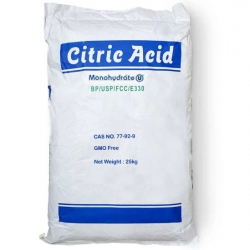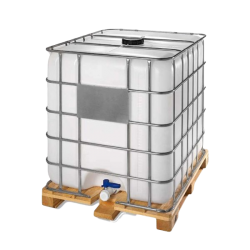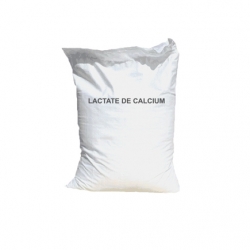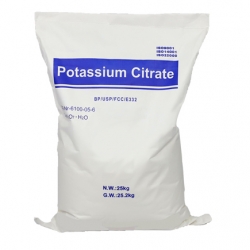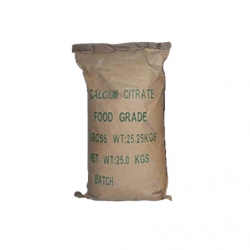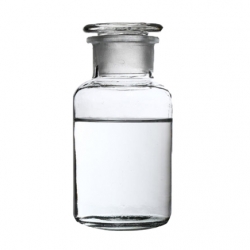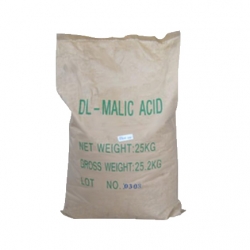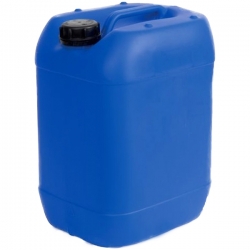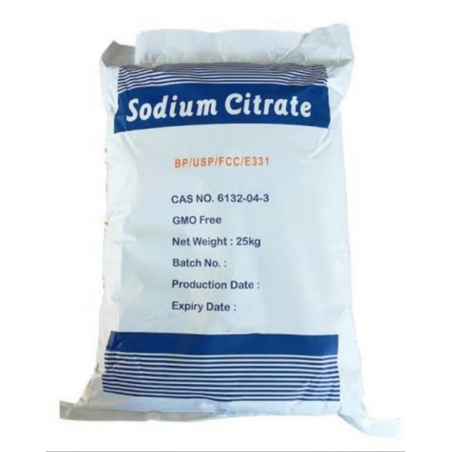No products in the cart.
E330 - Citric Acid
Citric Acid is a tricarboxylic acid found in citrus fruits. Citric acid is used as an excipient in pharmaceutical preparations due to its antioxidant properties. It maintains stability of active ingredients and is used as a preservative. It is also used as an acidulant to control pH and acts as an anticoagulant by chelating calcium in blood.
E325 - Sodium Lactate
Sodium lactate is the sodium salt of lactic acid, which is an organic acid produced naturally in human metabolism.
CALCIUM LACTATE
Calcium Lactate is the calcium salt of lactic acid (E270). Of natural origin, it serves as an antioxidant. Additionally, it functions as an acidity regulator, humectant, emulsifier, thickener, and firming agent. Its use is permitted in numerous food products.
E332 - POTASSIUM CITRATE
Potassium citrate is the potassium salt of citric acid (E330). It is a natural acid present in most fruits.
E333 - Calcium citrate
Calcium citrate (E333) is a calcium salt of citric acid, an organic acid naturally found in many citrus fruits.
E296 - MALIC ACID
Malic acid is an organic compound with the molecular formula C4H6O5. It contributes to the pleasantly sour taste of fruits and is used as a food additive. Malic acid has two stereoisomeric forms (L- and D-enantiomers), although only the L-isomer exists naturally. Malic acid is highly hygroscopic, soluble in water and ethanol. It has a special pleasant acidity.
E331-SODIUM CITRATE
Sodium citrate is the sodium salt of citric acid (E330), a natural acid found in most fruits. On an industrial scale, it is produced by cultivating a fungus (Aspergillus niger) in a sugary nutrient solution.
E270-LACTIC ACID
Lactic acid is utilized in the food industry as an additive (E270) serving as an antioxidant, acidifier, or flavor enhancer. It also exists in the form of salts: sodium salt (E325), potassium salt (E326), and calcium salt (E327). These salts are in powder form and are water-soluble. Lactic acid acts as a bacteriostatic agent, particularly against pathogenic bacteria such as Salmonella or Listeria, and also has a water activity-depressing effect.
Lactic acid is an organic compound, naturally forming in muscles during intense exercise to produce energy. It is also present in wine, dairy products, and certain vegetables after fermentation.


